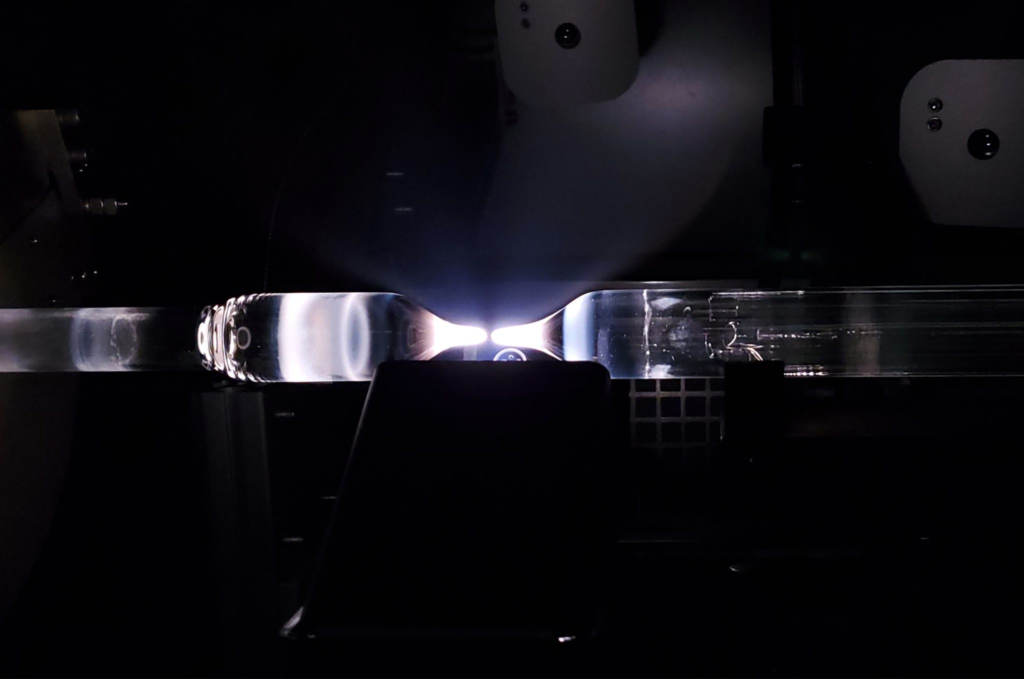
Microsoft recently made a strategic move by acquiring Lumenisity, a fiber optic cable maker, in order to gain a technical advantage over its competitors. The acquisition is focused on reducing latency, a problem that Lumenisity addresses with its hollow-core fiber (HCF) optic cables. These cables can reduce the time needed to move data between cloud datacenters.
Lumenisity’s HCF cables are designed to carry laser light through air instead of the silica glass used in traditional fiber optic cables, which allows light to travel at a faster speed of 47 percent as compared to traditional fiber optic cables. This acquisition is expected to help Microsoft to achieve ultra-low-loss HCF over long distances, which would result in significant savings in eliminating or using fewer repeaters. Microsoft’s main interest in HCF cables is likely to center around datacenter interconnect (DCI) as latency only tends to make a significant difference over longer geographic distances.
Lumenisity HCF benefits
Lumenisity’s next generation of HCF uses a proprietary design where light propagates in an air core, which has significant advantages over traditional cable built with a solid core of glass, including:
- Increased overall speed and lower latency as light travels through HCF 47% faster than standard silica glass.[1]
- Enhanced security and intrusion detection due to Lumenisity’s innovative inner structure.
- Lower costs, increased bandwidth and enhanced network quality due to elimination of fiber nonlinearities and broader spectrum.
- Potential for ultra-low signal loss enabling deployment over longer distances without repeaters.
The acquisition of Lumenisity by Microsoft is strategic as it allows the company to gain a technical advantage over its competitors through the use of wave-division multiplexing (WDM) technology in their fiber optic cables. This technology is primarily used in telco line systems and datacenter interconnects (DCI) and allows for higher aggregate bandwidths by multiplexing multiple signals onto the fiber. Lumenisity’s HCF single-mode cables have a higher capacity per strand compared to traditional glass fiber cables, but with a tradeoff in reach.
The company’s fiber cables do not require specialized equipment to terminate and can work with existing optics used in telecom networks from companies such as Ciena and Infinera. The terms of the deal were not disclosed, but the acquisition was shortly after Lumenisity completed the construction of a 40,000 square-foot HCF manufacturing facility in the UK.
About Lumenisity:
Lumenisity, a spinoff from the Optoelectronics Research Centre (ORC) at the University of Southampton, was established in 2017 to commercialize advancements in hollow core optical fiber technology. The company received recognition for their NANF® CoreSmart® HCF cable, winning the Best Fibre Component Product award in the European Conference on Optical Communication (ECOC) Exhibition Industry Awards in 2021 and 2022. With the acquisition, Microsoft intends to use Lumenisity’s technology and team of leading experts to speed up innovations in networking and infrastructure.


No responses yet